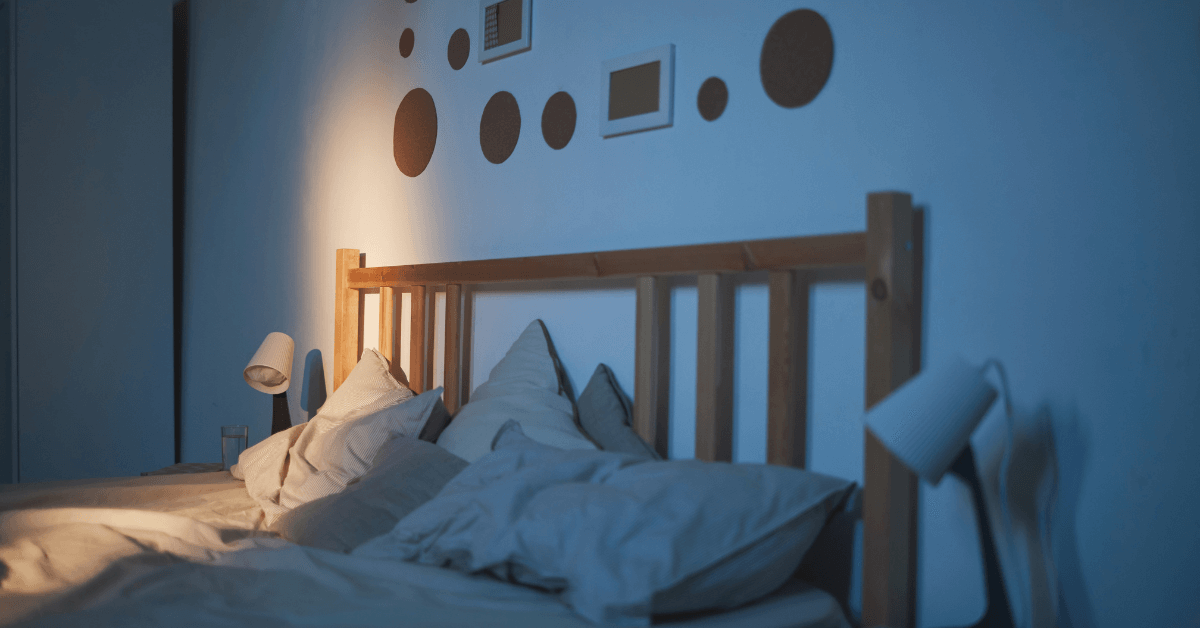How We Organized Mom’s Bedroom
- Seasonal Only: We keep only seasonally appropriate clothes in the closet. This way, whatever our mom chooses is suitable. We guide her to layering with a cardigan or choosing sneakers over sandals during transitional weather.
- 3-Shelf Hanging Closet Organizer: In year five, we added a hanging organizer to make items more accessible. Our mom stores her jeans on the lower shelves and her belts on the top shelf.
- Added Signage: In year seven, we added a labeled sign to the closet door to make it easier to find.
- Organized by Purpose: Each drawer has a specific role—one for pajamas, one for undergarments, etc. We use these organizers to keep items visible and accessible.
- Labels: As the disease progressed, we labeled each drawer. This simple change made it easier for our mom to pick clothes for different routines, like showering or bedtime.
- We created a designated tray for essentials:
- Medication Items: All medications are stored in a tray.
- Daily Checklist: Our MMS Plus checklist sits on a clipboard with a pen for easy updates.
- Other Small Essentials: Items like nail clippers, remote controls, and pens are organized in small containers.
- To reduce clutter, it holds only a lamp and a water cup to keep her hydrated.
- The Robin Clock displays the time, day of the week, and date and helps maintain her sense of control and orientation.
Practical Tips for Caregivers
- Collaborate: Involve your loved one in setting up their space, fostering a sense of ownership.
- Simplify Choices: Instead of open-ended questions, offer two options (“Do you want the clock on the nightstand or hanging on the wall?”). Add a third option if needed.
- Be Flexible: Check in regularly to see if the system works and adjust as their needs evolve.
- Start Small: Even minor tweaks can make a big difference over time.
Creating a supportive bedroom is a small but powerful step toward helping your loved one remain independent and confident. You’ll both navigate this journey more easily with thoughtful adjustments and patience.









